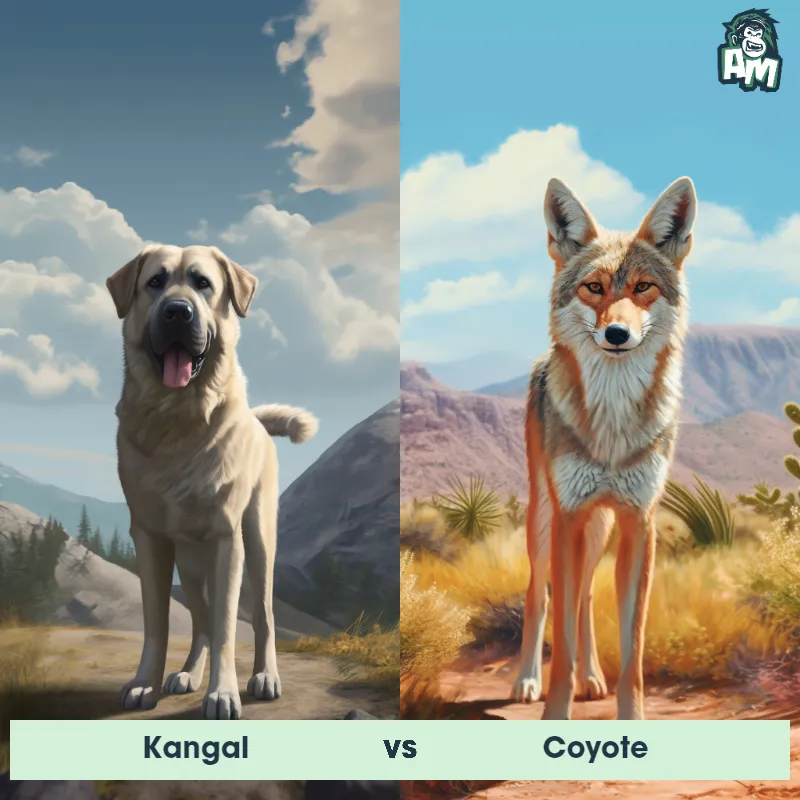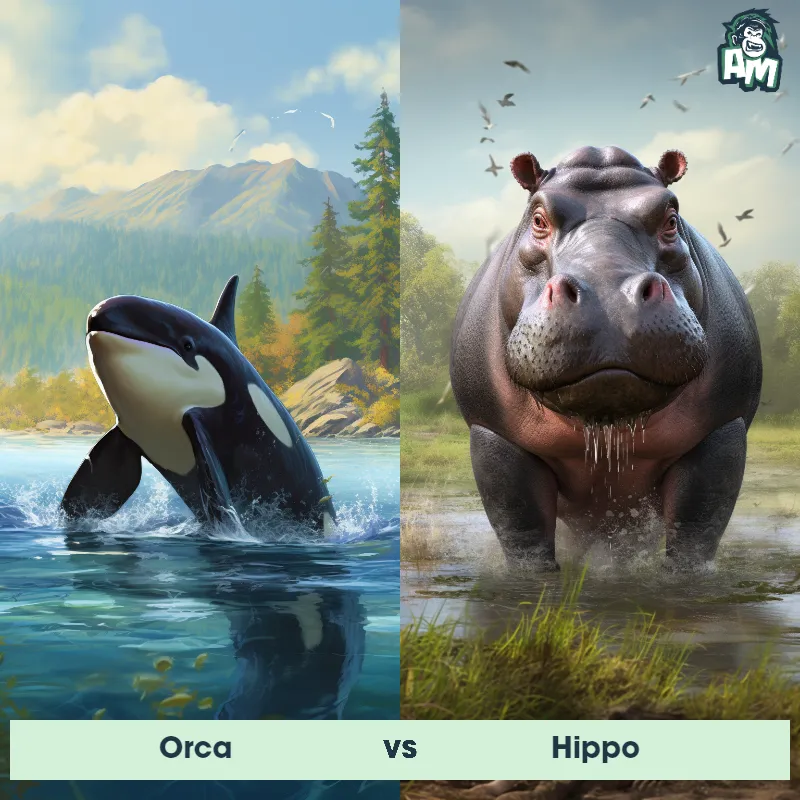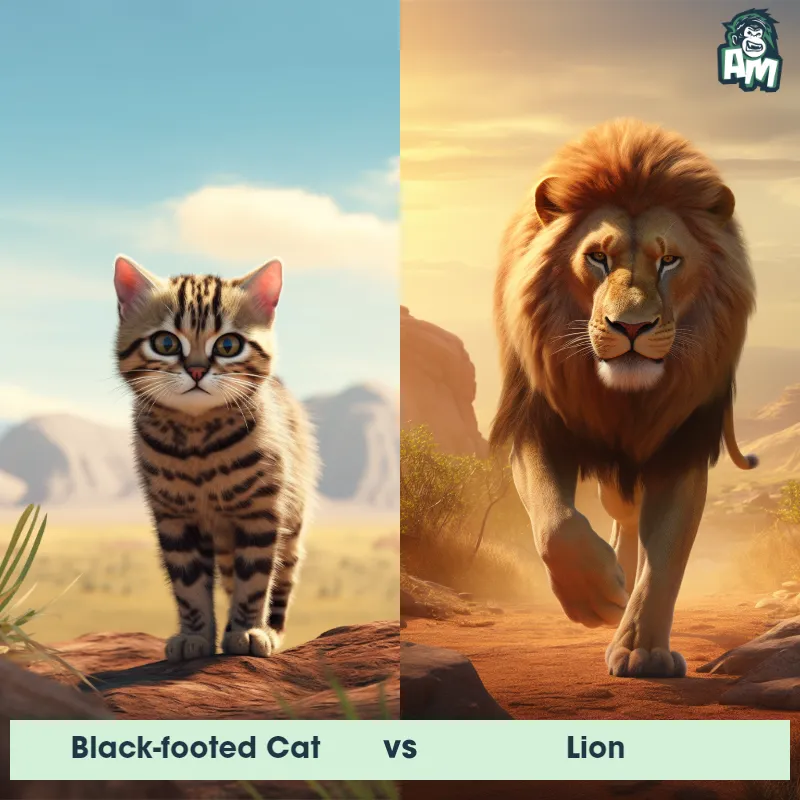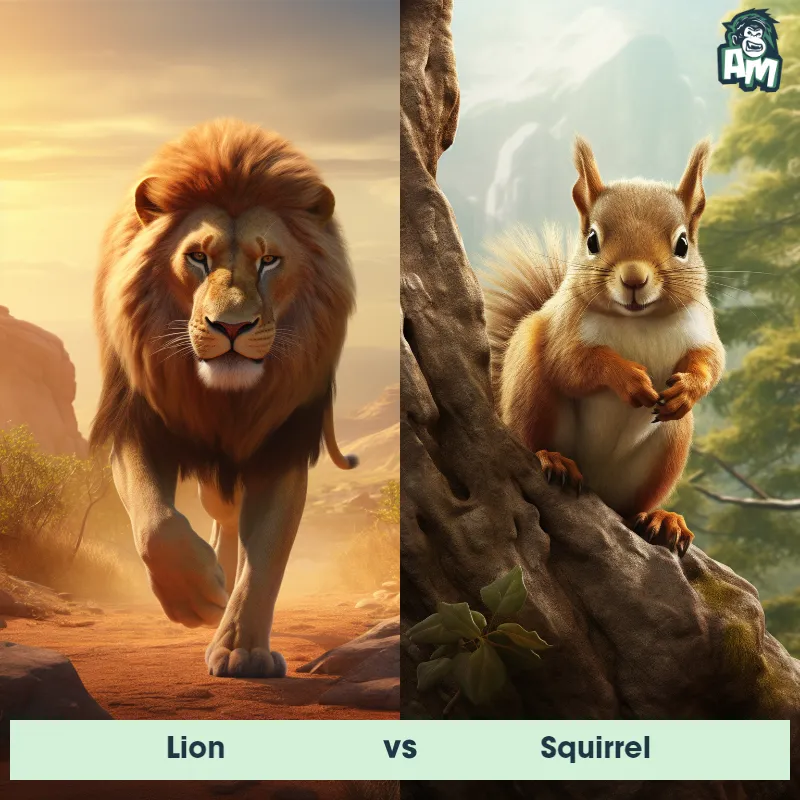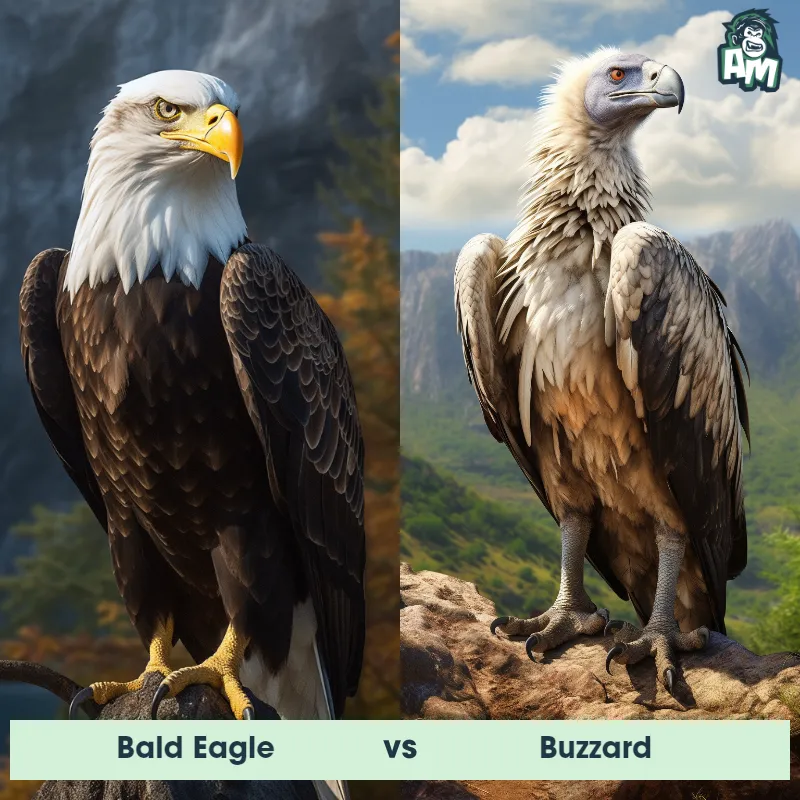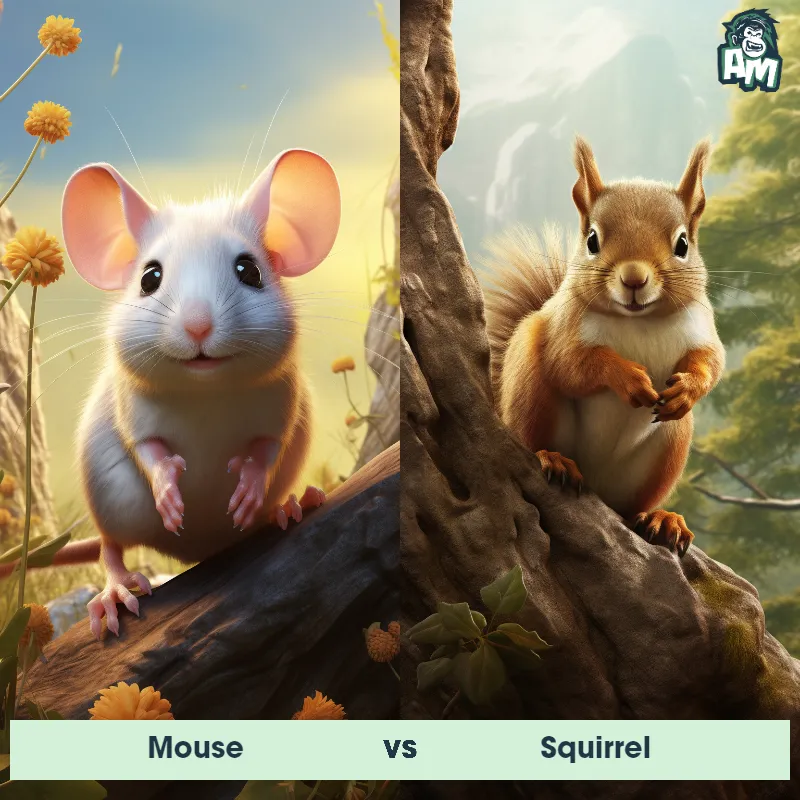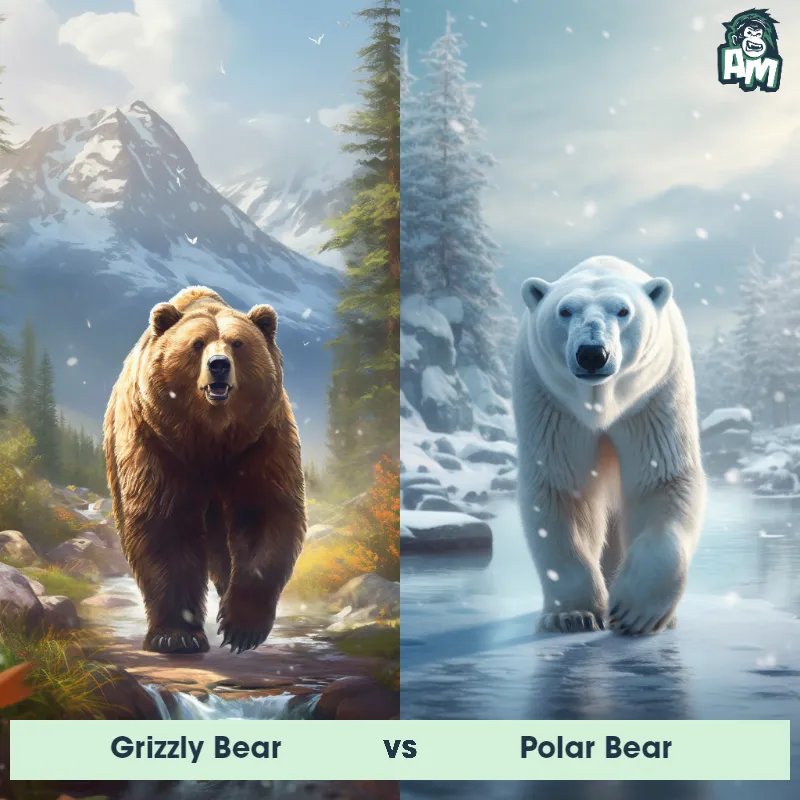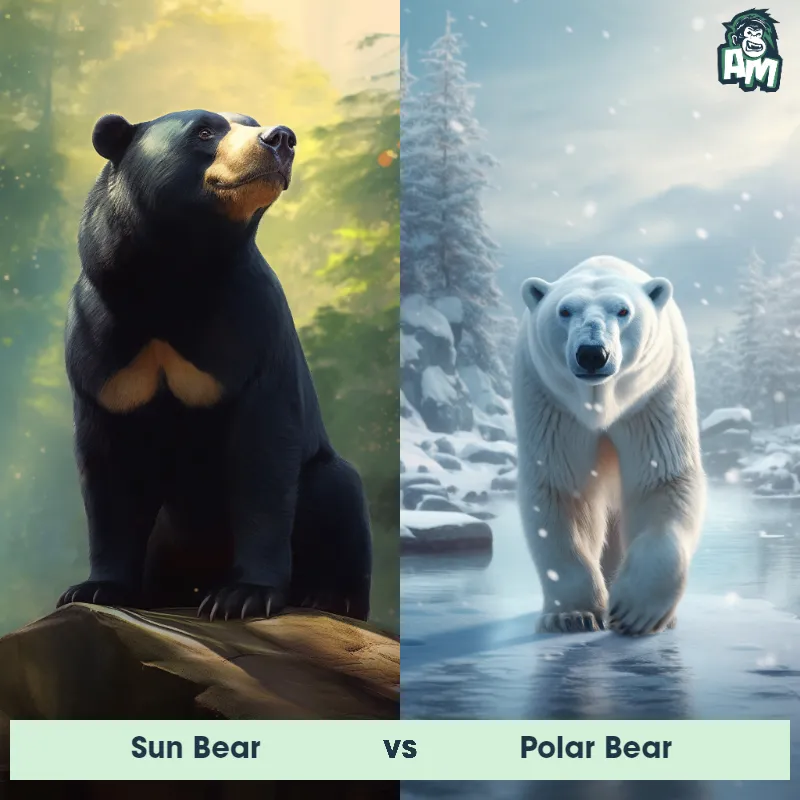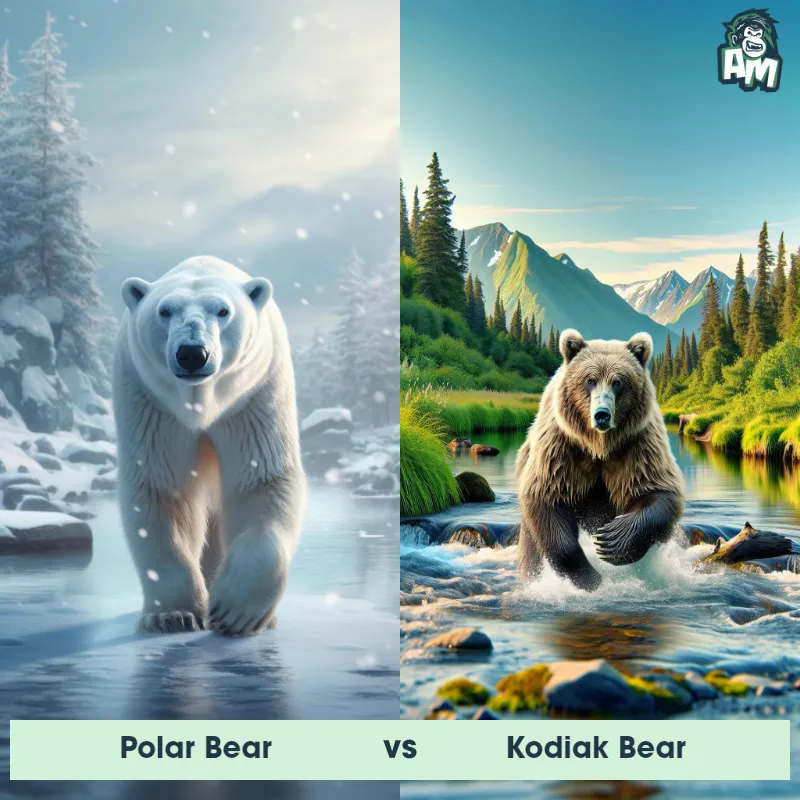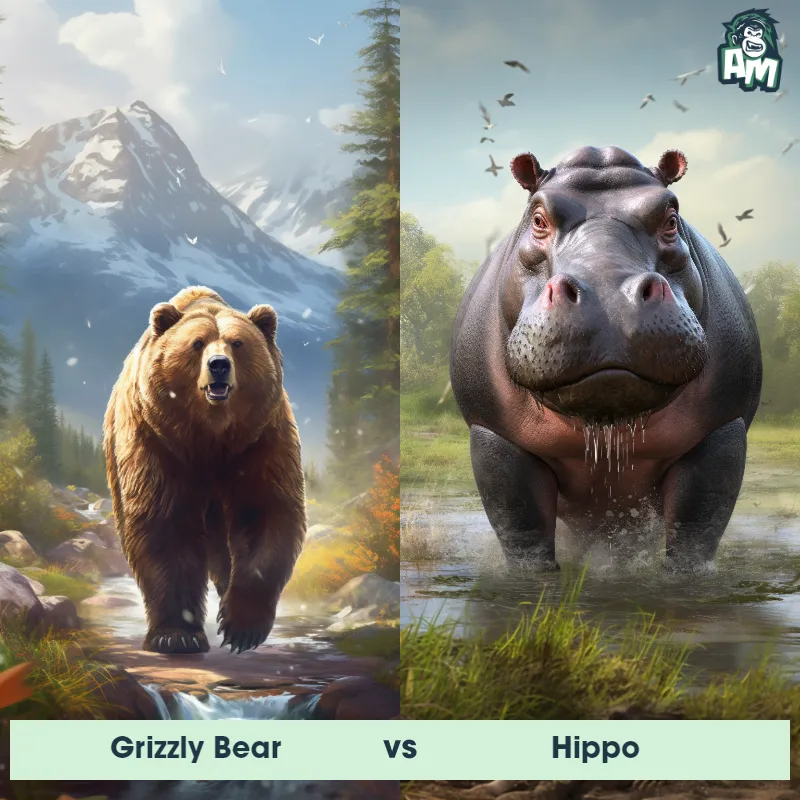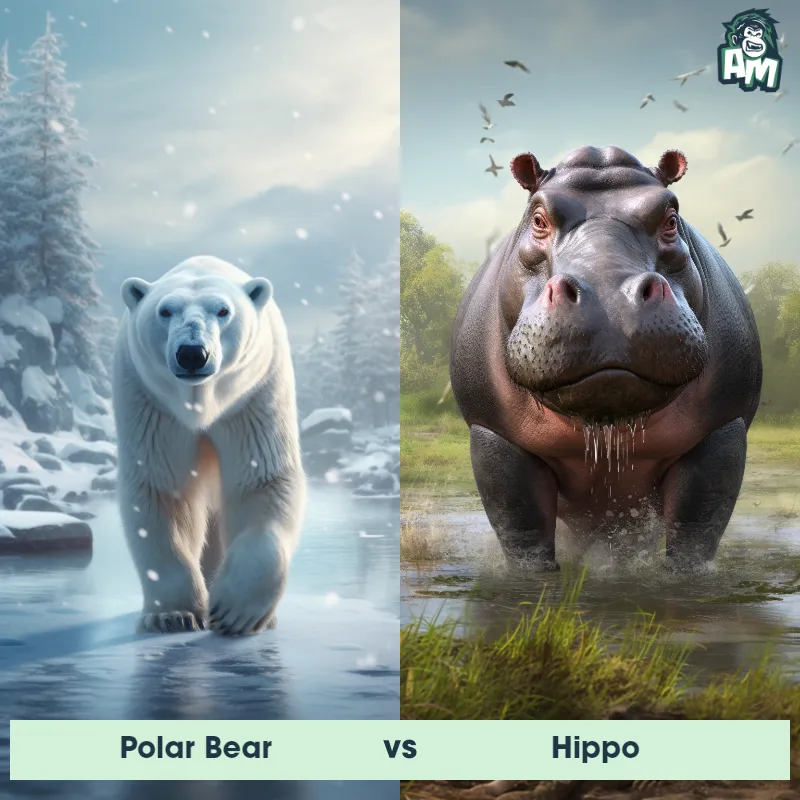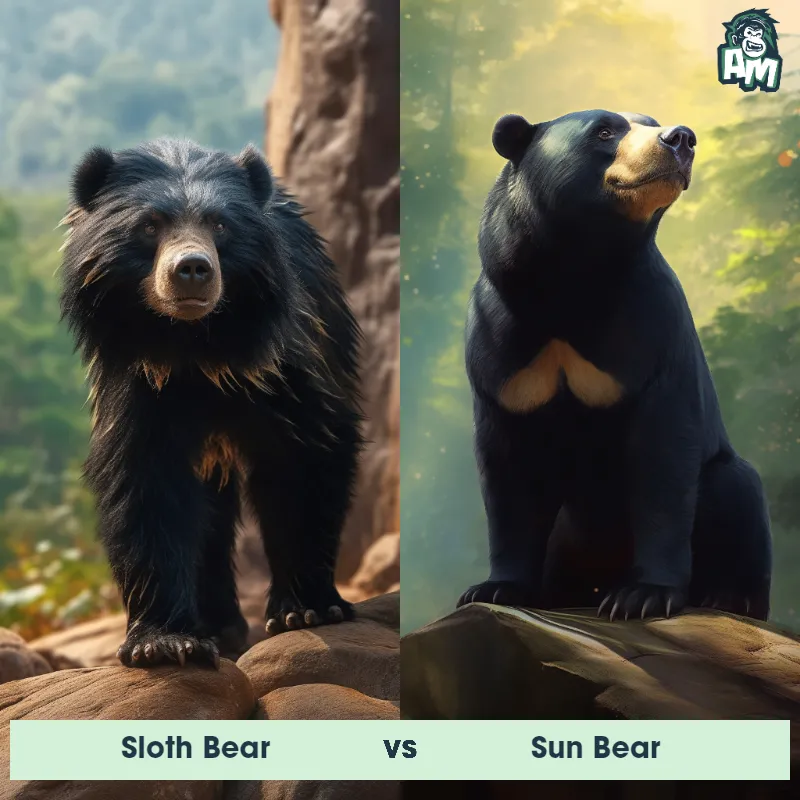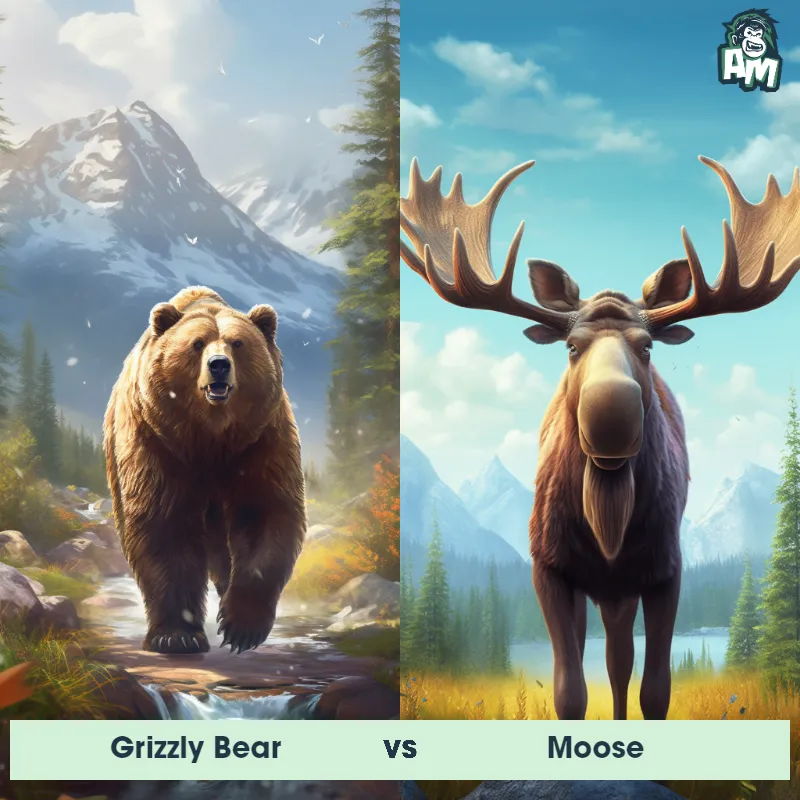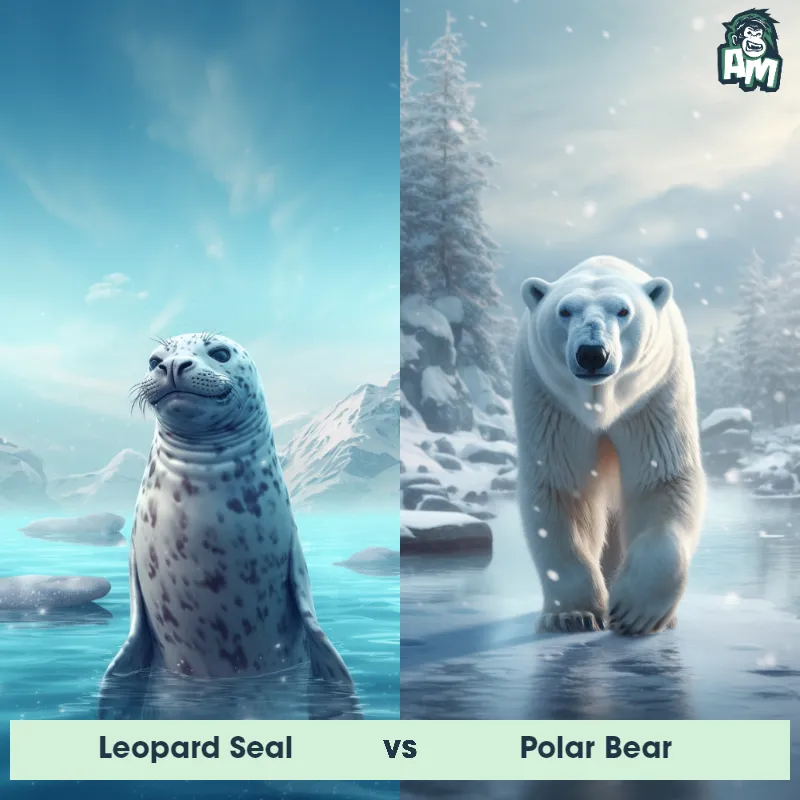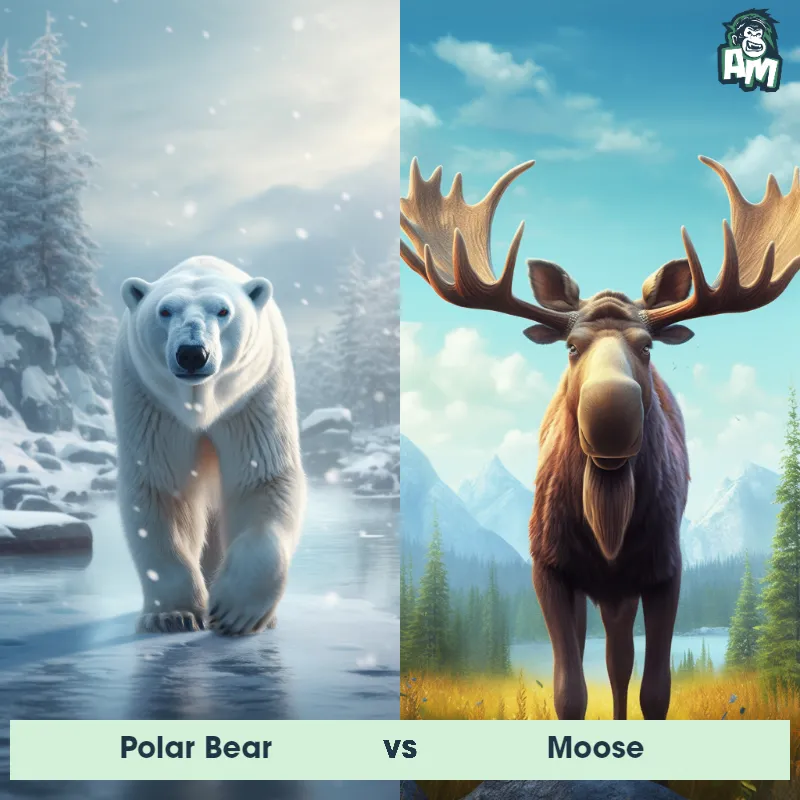Polar Bear vs WalrusSee Who Wins

Prepare yourselves for a thrilling encounter between two colossal and powerful creatures of the Arctic: the Polar Bear and the Walrus. Over three exciting rounds, these mighty animals will showcase their incredible strength, endurance, and defensive capabilities as they vie for dominance. Without further ado, let the battle begin!
Contender 1: Polar Bear
The Polar Bear, also known as the Ursus maritimus, is a large carnivorous mammal that inhabits the Arctic region. They have a thick white fur coat that helps them blend in with their snowy surroundings, and their large paws are equipped with sharp claws that allow them to grip onto ice and catch prey. Polar Bears are excellent swimmers and can swim for long distances in search of food. They are also known for their incredible sense of smell, which they use to detect prey from miles away.
![[object Object] Gif](https://tenor.com/view/fight-mission-critical-nat-geo-wild-scuffle-brawl-gif-20524033.gif)
Fun Fact: Polar Bears have a layer of fat that can be up to 4.5 inches thick, which helps them stay warm in the frigid Arctic temperatures.
Contender 2: Walrus
The Walrus, also known as Odobenus rosmarus, is a large marine mammal that can be found in the Arctic Ocean and subarctic regions. They have a thick layer of blubber that helps them stay warm in cold waters, and their long tusks are used for defense, cutting through ice, and helping them climb onto ice floes. Walruses have a distinctive appearance with their wrinkled skin, whiskers, and flippers that are used for swimming and maneuvering on land.
Fun Fact: Walruses can hold their breath for up to 30 minutes while diving for food, which can include clams, mussels, and other shellfish.
Matchup Stats
| Polar Bear | Walrus | |
|---|---|---|
| Size | 8-10 feet (2.4-3 meters) | Up to 11 feet (3.3 meters) in length |
| Weight | 900-1,600 pounds (408-725 kilograms) | Up to 3,700 pounds (1,678 kilograms) |
| Speed | Speed: 25 mph (40 km/hr) | Speed: 15 mph (24 km/hr) |
| Key Strength | Powerful jaws and sharp claws | Tusks used for defense and dominance during mating season |
| Biggest Weakness | Slow movement on land | Slow movement on land |
Current Votes
Polar Bear vs Walrus
See Who Wins
Matchup Videos
All of our videos contain verified footage of natural encounters between the Polar Bear and the Walrus. These are true sightings and observations filmed by tourists, scientists, and wildlife documentarians.View More Matches
Looking For More?
Similar Matches
Scientific Stats
| Polar Bear | Walrus | |
|---|---|---|
| Scientific Name | Ursus maritimus | Odobenus rosmarus |
| Family | Ursidae | Odobenidae |
| Habitat | Arctic region | Arctic Ocean and subarctic regions |
| Geography | Arctic Circle | Northern Hemisphere |
| Diet | Carnivorous, primarily seals | Clams, mussels, and other shellfish |
| Lifespan | 20 years - 30 years | 40 years - 50 years |
Key Differences between Polar Bear and Walrus
- Head shape: Polar bears have a more elongated head shape with a narrow snout, while walruses have a rounder head with a broad snout and prominent tusks.
- Teeth: Polar bears have sharp, pointed teeth adapted for hunting and tearing apart prey, while walruses have large, flat teeth used for crushing and grinding shellfish.
- Flippers: Walruses have large, paddle-like flippers that they use to swim and navigate through the water, while polar bears have smaller, clawed paws that they use to walk on land and swim in the water.
- Habitat: Polar bears are primarily found in the Arctic region, while walruses are found in both the Arctic and sub-Arctic regions.
- Fur: Polar bears have thick, white fur that helps them blend in with their snowy environment, while walruses have short, brownish fur that is sparsely distributed across their bodies.
- Size: Polar bears are much larger than walruses, with adult males weighing up to 1,500 pounds while walruses typically weigh between 1,000 and 1,500 pounds.



